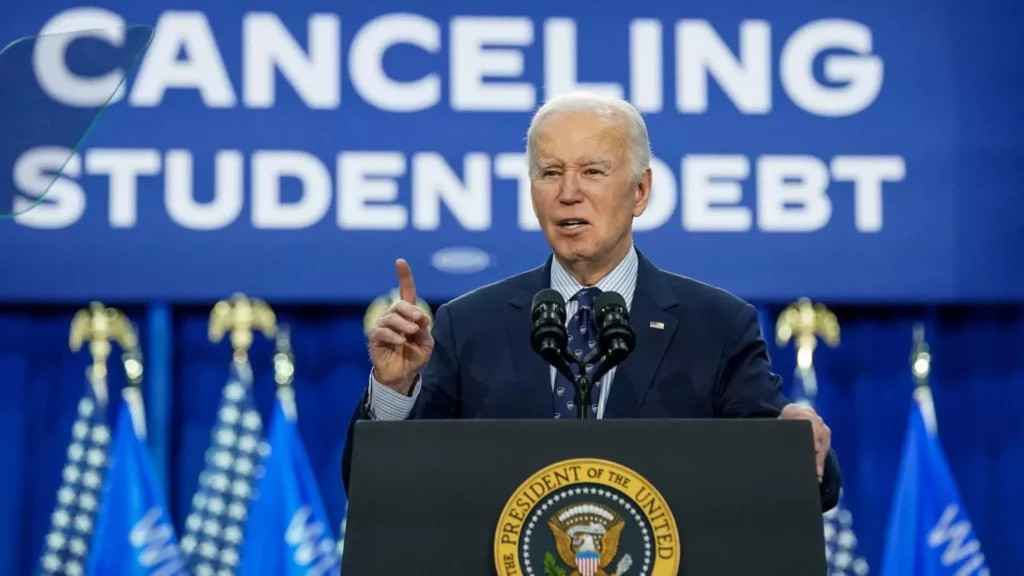![]()
The debate over college affordability continues to rage on, with President Joe Biden pushing for a Plan B that includes free community college tuition as a key component. Critics argue that student loan forgiveness is merely a temporary fix, likening it to a Band-Aid that falls short of addressing the root issue at hand. Ryan Morgan, CEO of the Campaign for Free College Tuition, asserts that loan forgiveness is limited to those with existing debt and does little to prevent future financial burdens. The broader appeal of free college is evident in its ability to eliminate the barrier of cost, allowing all qualified individuals to pursue higher education without the need for loans.
While the federal government grapples with the complexities of implementing free community college nationwide, many states have taken matters into their own hands by enacting legislation to make college tuition-free. As of now, 35 states have some form of tuition-free program in place, with most adopting a “last-dollar” scholarship model. This approach covers any remaining tuition and fees after other forms of aid have been applied, ensuring that students are not burdened with out-of-pocket expenses. However, critics argue that these programs may not address the full scope of financial challenges faced by low-income students, as they often exclude costs such as fees, books, and living expenses.
Among the various state-based programs, the New Mexico Opportunity Scholarship Act stands out as a shining example of comprehensive tuition-free initiatives. This program not only benefits recent high school graduates but also extends its reach to adult learners, part-time students, and immigrants regardless of their immigration status. By prioritizing state aid and allowing federal aid and private scholarships to cover additional expenses like books and living costs, New Mexico has seen a significant increase in college enrollment since the program’s inception. The success of this initiative underscores the importance of inclusive and holistic approaches to college affordability.
Despite the common belief that community colleges serve as a cost-effective pathway to a four-year degree, the reality paints a different picture. Reports from reputable institutions like the Community College Research Center at Columbia University suggest that only a small percentage of community college students go on to obtain a bachelor’s degree. This challenges the notion that community college is a guaranteed stepping stone to higher education, particularly when considering the additional costs associated with pursuing a four-year degree. While community college tuition may be lower than that of four-year institutions, it does not necessarily translate to a seamless transition to a bachelor’s program.
The debate over college affordability warrants a closer examination of the efficacy of different solutions. While student loan forgiveness offers temporary relief for existing debt, free community college emerges as a more sustainable and inclusive approach to tackling the root causes of financial barriers to higher education. State-based programs like the New Mexico Opportunity Scholarship Act demonstrate the potential impact of comprehensive tuition-free initiatives in addressing the diverse needs of students across different demographics. By reimagining the role of community colleges and prioritizing access to quality education for all, we can pave the way for a more equitable and accessible higher education landscape.

Leave a Reply